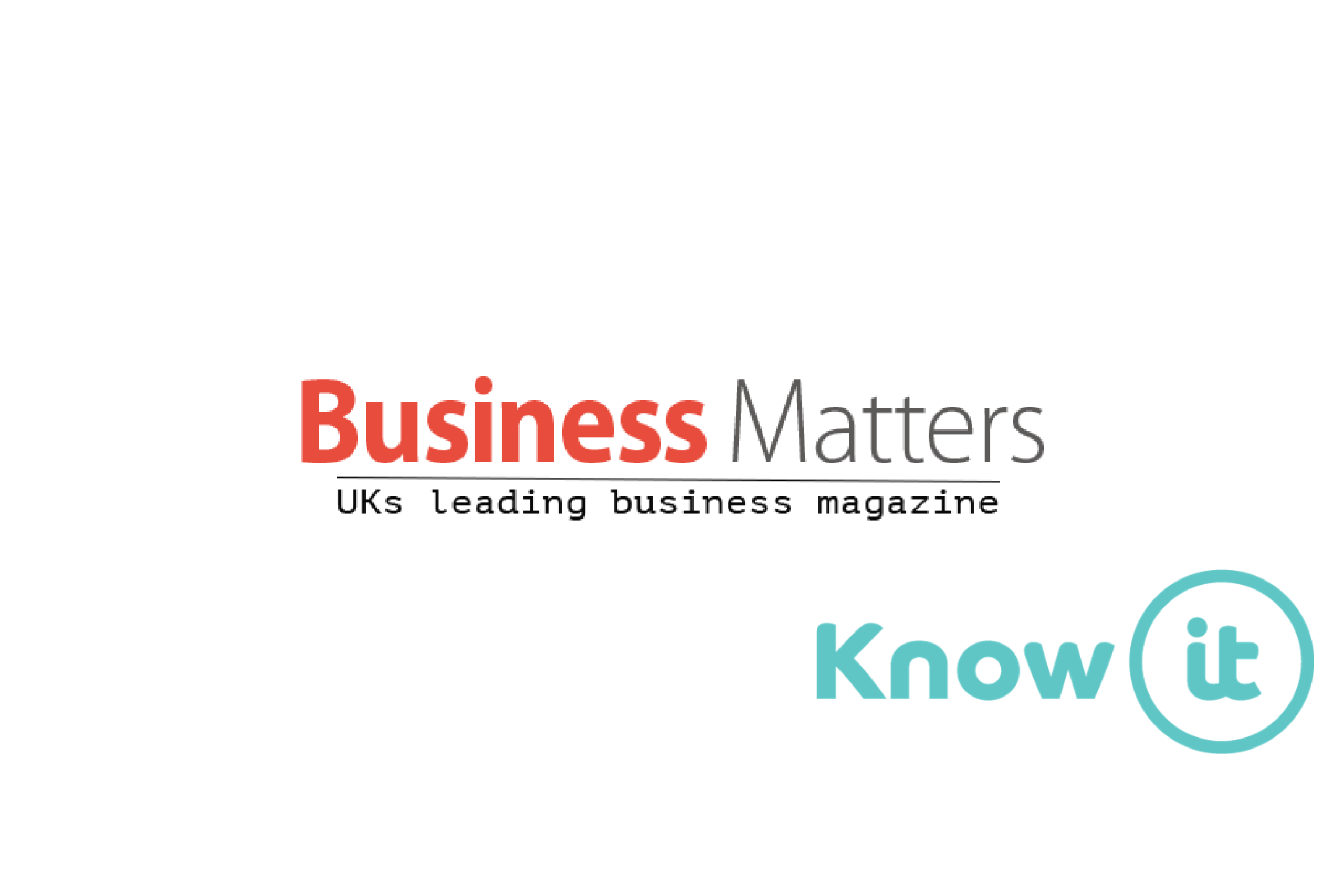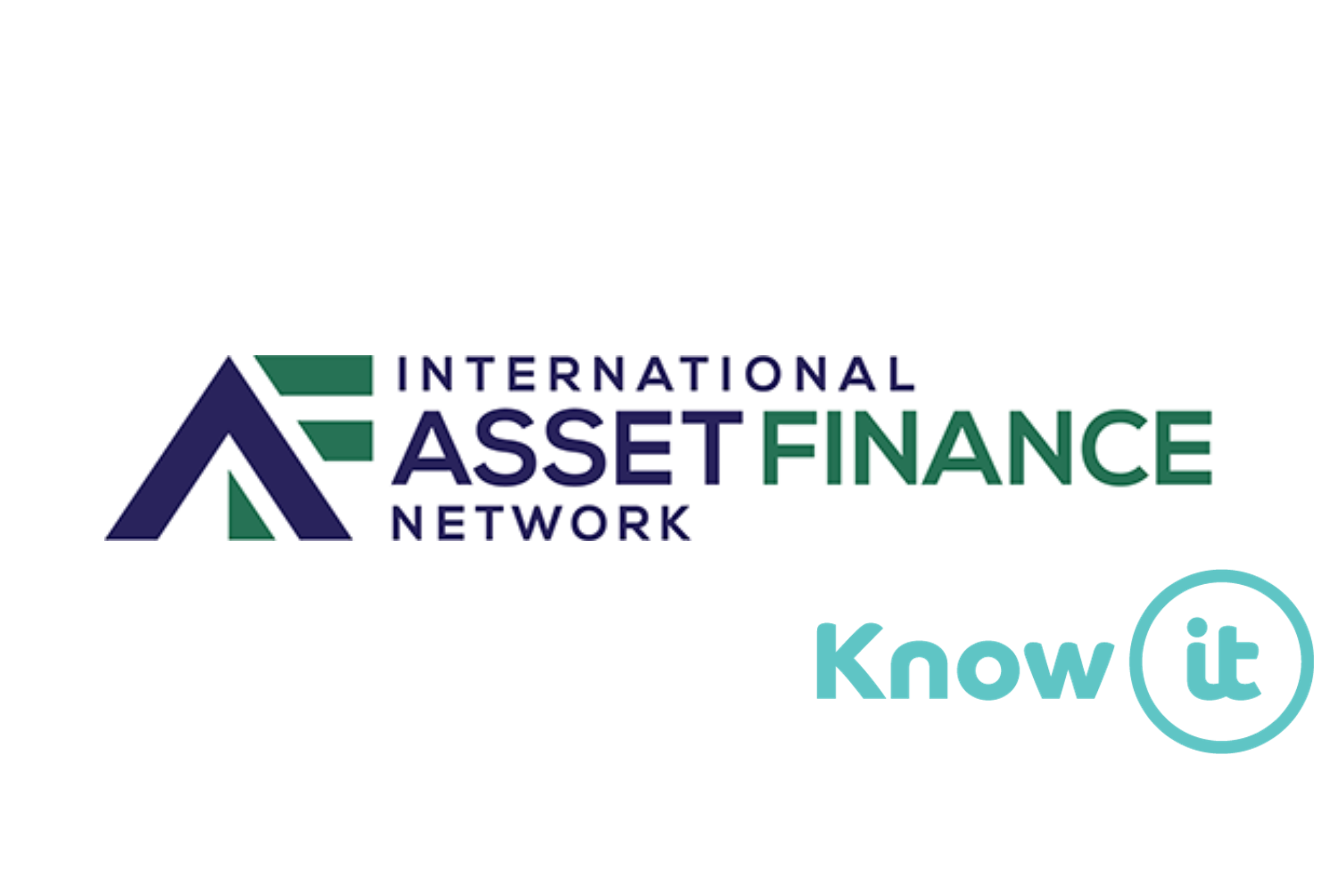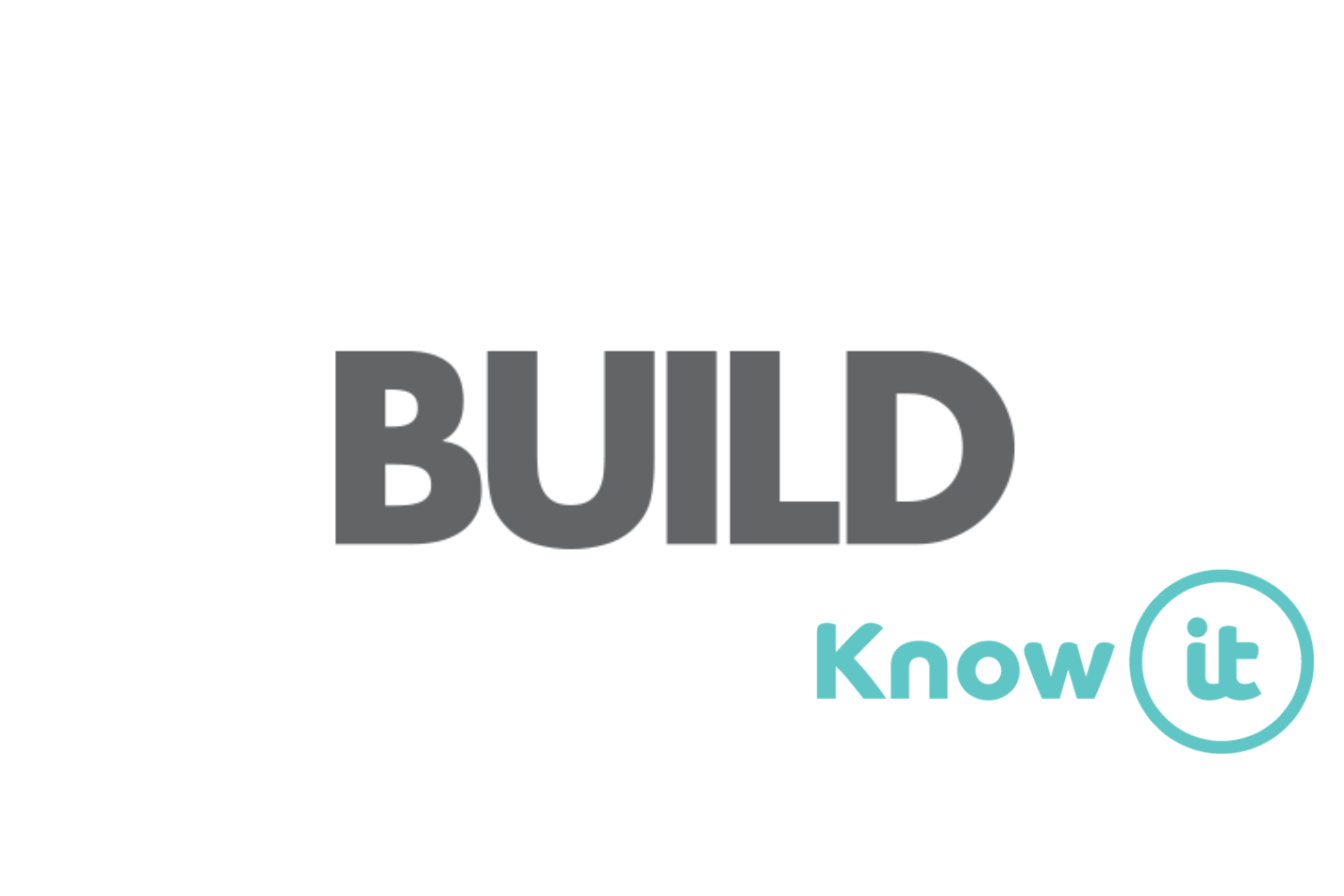Weathering The Storm: How Credit Management Can Ease The Strain On Struggling SMEs
For small and medium-sized enterprises (SMEs), 2020 has arguably been the most financially challenging year in modern peacetime, and that is before the potential disruption caused by a no-deal Brexit potentially adds further fuel to the fire. According to Know-it, a cloud-based credit management platform, smaller firms, under increased pressure following the second national lockdown must look at ways to protect and improve their cashflow if they are to emerge intact.
SMEs are the lifeblood of the UK economy. According to the Federation of Small Businesses (FSB), there were 5.9 million SMEs at the start of 2020, accounting for three fifths of employment and around half of turnover in the UK private sector. However, with a second national lockdown ending, those that have weathered the storm and survived are continuing to face significant financial hardship.
The government has provided an unprecedented level of support to try and help the sector navigate this period, principally in the form of the Bounce Back Loan (BBL) scheme. However, unlike larger businesses that have access to multibillion-pound credit lines, smaller players simply cannot afford to take on large amounts of debt. These SMEs should now be looking at other ways to help soften any financial uncertainty and protect their cash flow, such as implementing an effective credit management process.
Lynne Darcey Quigley, Founder of Know-it explains: “We know SMEs have been the hardest hit since March. However, although many have taken advantage of government support, most haven’t been in a position to add any sort of debt to their balance books. As such, with a second lockdown throttling sales and sucking dry any remaining cash reserves, the SME community must now look at other ways they can keep a steady cash flow and emerge intact on the other side of the new year.
“One immediate tool at their disposal is to think more carefully about the credit control process. Usually, cash flow problems can arise as a result of too many outstanding uncollected invoices, inability to sell products or services, or a lack of a business model that works. By having an effective credit management process in place, SME owners can identify where the problem originates, giving them the tools, they need to come up with an effective solution and improve their cash flow. This is vital if they’re to keep their heads above water.”
In the past, credit control has typically not been a top priority for SMEs, with it tending to sit a poor second behind sales – after all, sales mean income and income means cash flow. However, a sale is only a sale when the invoice has been settled and the money has been collected. But businesses often find themselves facing late payments, with an estimated 50,000 SMEs closing each year due to customers not paying on time.
In prioritising a more formal credit management process, such as automating the way outstanding invoices are chased, SMEs can prevent cash flow problems and reduce debtor days, which his vital in a period of such uncertainty.
Darcey Quigley concluded: “There are several steps SMEs can that which would immediately help them to create a more formal credit management process. Firstly, they must continuously carry thorough credit checks. A company credit report will provide useful information such as previous payment behaviour, how long it takes them to settle an account and company credit scores. Secondly, SMEs must always have written confirmation of the agreed credit terms before they do business, as this will help keep their business safe should any late payment issues arise.
“We also understand that smaller businesses may not have enough resources to invest the right level of time into this process. Fortunately, technological advancements has made putting an effective credit management solution in place more accessible. For example, intelligent credit control systems can work alongside credit controllers allowing you to synchronise your sales and purchase ledger and connect with your accountancy apps. This allows you to easily see a summarised picture of your credit risk, giving you the insight needed to address any issues before they turn fatal.”
This article was originally published by ccrmagazine.com

































